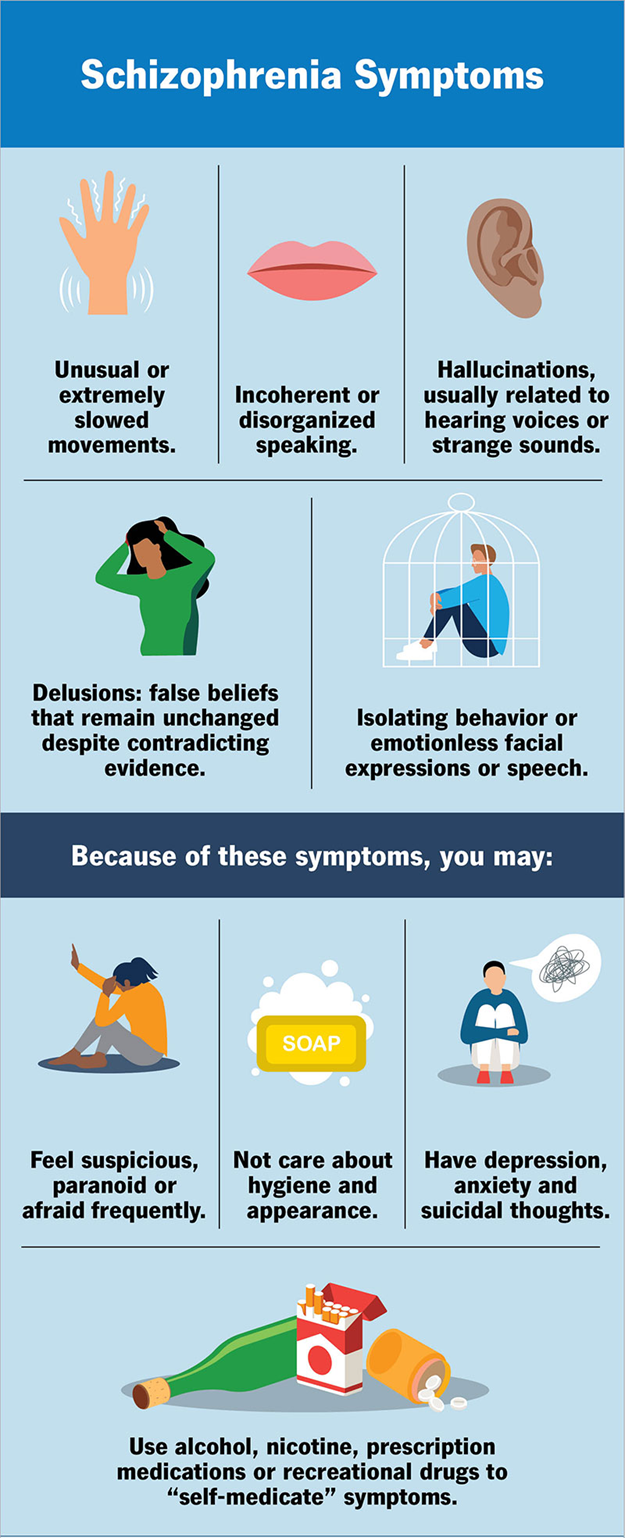A nurse is caring for a client who becomes extremely agitated. The nurse should document which of the following de-escalation techniques?
Therapeutic hold
Restraint
Diversion
Time-out
The Correct Answer is C
Choice A Reason:
A therapeutic hold is a technique used to safely secure a patient during a procedure or when they are a danger to themselves or others. It is not typically considered a de-escalation technique but rather a response to escalated behavior.
Choice B Reason:
Restraint is a measure used to prevent a patient from causing harm to themselves or others. It is usually a last resort after de-escalation techniques have failed and is not a de-escalation technique itself. Restraint can sometimes escalate the situation further and should be used cautiously.
Choice C Reason:
Diversion, or distraction, is a de-escalation technique that involves redirecting the patient's attention from what is causing their agitation to something less stressful or more positive. This can help calm the patient and prevent the situation from escalating.
Choice D Reason:
Time-out is a strategy where a patient is moved to a separate room to be alone and calm down. While it can be part of a de-escalation strategy, it is not a technique that the nurse would document as having actively employed in the moment of de-escalation.
Nursing Test Bank
Naxlex Comprehensive Predictor Exams
Related Questions
Correct Answer is D
Explanation
Choice A reason:
Haloperidol is not commonly associated with causing ringing in the ears (tinnitus). While tinnitus can be a side effect of some medications, it is not typically linked to haloperidol.
Choice B reason:
Urinary incontinence is not a common side effect of haloperidol. This medication is more likely to cause urinary retention rather than incontinence.
Choice C reason:
Experiencing a metallic taste is not a known side effect of haloperidol. This side effect is more commonly associated with other medications, such as certain antibiotics or chemotherapy drugs.
Choice D reason:
Increased sensitivity to the sun (photosensitivity) is a known side effect of haloperidol. Clients taking this medication should be advised to use sun protection and avoid prolonged sun exposure.

Correct Answer is A
Explanation
Choice A Reason:
Explaining the use of response prevention to the client is crucial as it is a primary therapeutic approach for managing obsessive-compulsive disorder (OCD). Response prevention, part of Exposure and Response Prevention (ERP) therapy, involves exposing the client to anxiety-provoking stimuli and preventing the compulsive response. This method helps the client gradually reduce their anxiety and compulsive behaviors by learning to tolerate the distress without performing the compulsive act. ERP is considered the gold standard treatment for OCD and is highly effective in reducing symptoms.
Choice B Reason:
Administering an antianxiety medication can be beneficial for managing symptoms of anxiety in clients with OCD. Common medications include selective serotonin reuptake inhibitors (SSRIs) such as fluoxetine, sertraline, and fluvoxamine. However, medication alone is not the first-line treatment for OCD. It is often used in conjunction with cognitive-behavioral therapy (CBT), specifically ERP, to achieve the best outcomes. Therefore, while important, it is not the initial action the nurse should take.
Choice C Reason:
Discussing the benefits of relaxation exercises with the client can help manage anxiety symptoms associated with OCD. Techniques such as deep breathing, mindfulness meditation, and progressive muscle relaxation can be effective in reducing stress and anxiety. However, these methods are supportive measures and do not directly address the core symptoms of OCD. They are best used as complementary strategies alongside primary treatments like ERP.
Choice D Reason:
Calculating the client's score on the Hamilton Rating Scale for Anxiety (HAM-A) is useful for assessing the severity of anxiety symptoms. The HAM-A is a clinician-rated scale that measures both psychic and somatic anxiety through 14 items. While this assessment is valuable for monitoring treatment progress and tailoring interventions, it is not the immediate priority when initiating care for a client with OCD. The primary focus should be on implementing therapeutic strategies that directly target OCD symptoms.
Whether you are a student looking to ace your exams or a practicing nurse seeking to enhance your expertise , our nursing education contents will empower you with the confidence and competence to make a difference in the lives of patients and become a respected leader in the healthcare field.
Visit Naxlex, invest in your future and unlock endless possibilities with our unparalleled nursing education contents today
Report Wrong Answer on the Current Question
Do you disagree with the answer? If yes, what is your expected answer? Explain.
Kindly be descriptive with the issue you are facing.
